11
2025
-
08
Disposable heat and moisture exchanger-- ALL FOR HEALTH
Disposable heat and moisture exchanger
Disposable heat and moisture exchanger (HME), also known as an artificial nose, consists of several layers of hygroscopic material and hydrophilic compounds. It is designed by mimicking a camel's nose to collect and retain heat and moisture from the patient's exhaled breath. During inhalation, gases pass through the HME, entering the airway in a heated and humidified state, ensuring appropriate and effective airway humidification. These products are primarily used with artificial airways (endotracheal tube or tracheostomy), commonly found in settings like ICU care, surgical anesthesia, patient transport, and home care for tracheostomy patients.Our Company’s products include HME-01, HME-02, HME-03.
Product Benefits:
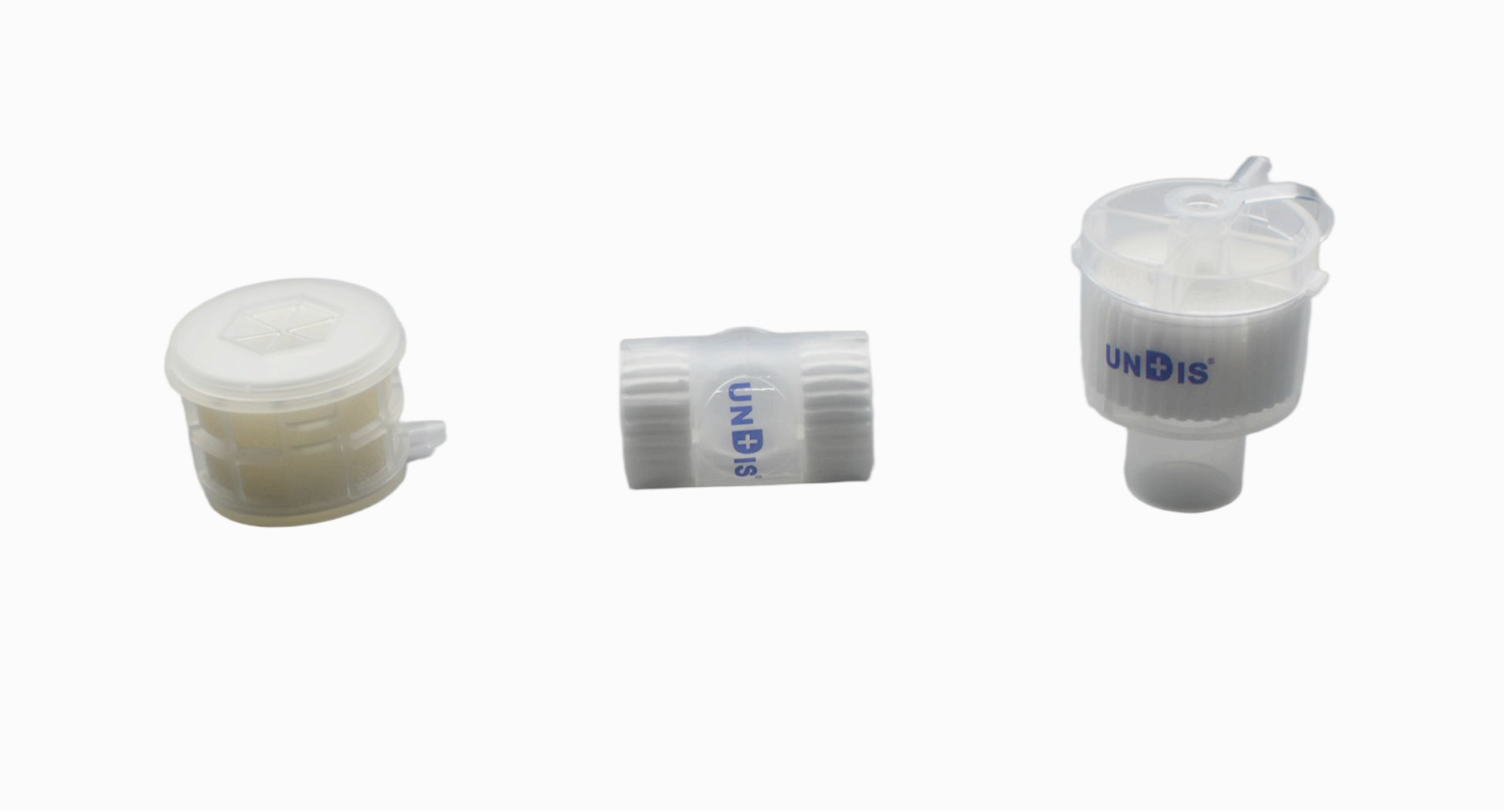
► Excellent Heating and Humidification Performance:Simulating the human body, it effectively controls and utilizes the constant temperature and relative humidity of the gas adsorbed from the patient's expiratory chamber, avoiding airway burns. It guarantees absolute airway humidity, meeting the latest expert consensus on artificial airway humidification care, which requires a minimum humidity level of 30mg/L for patients using HMEs. Our HME-02 offers a larger humidification surface area compared to similar products of the same size. Our HME-03 features a T-shaped structure, providing bidirectional airflow heat and moisture exchange – an enhanced version for heating and humidification.
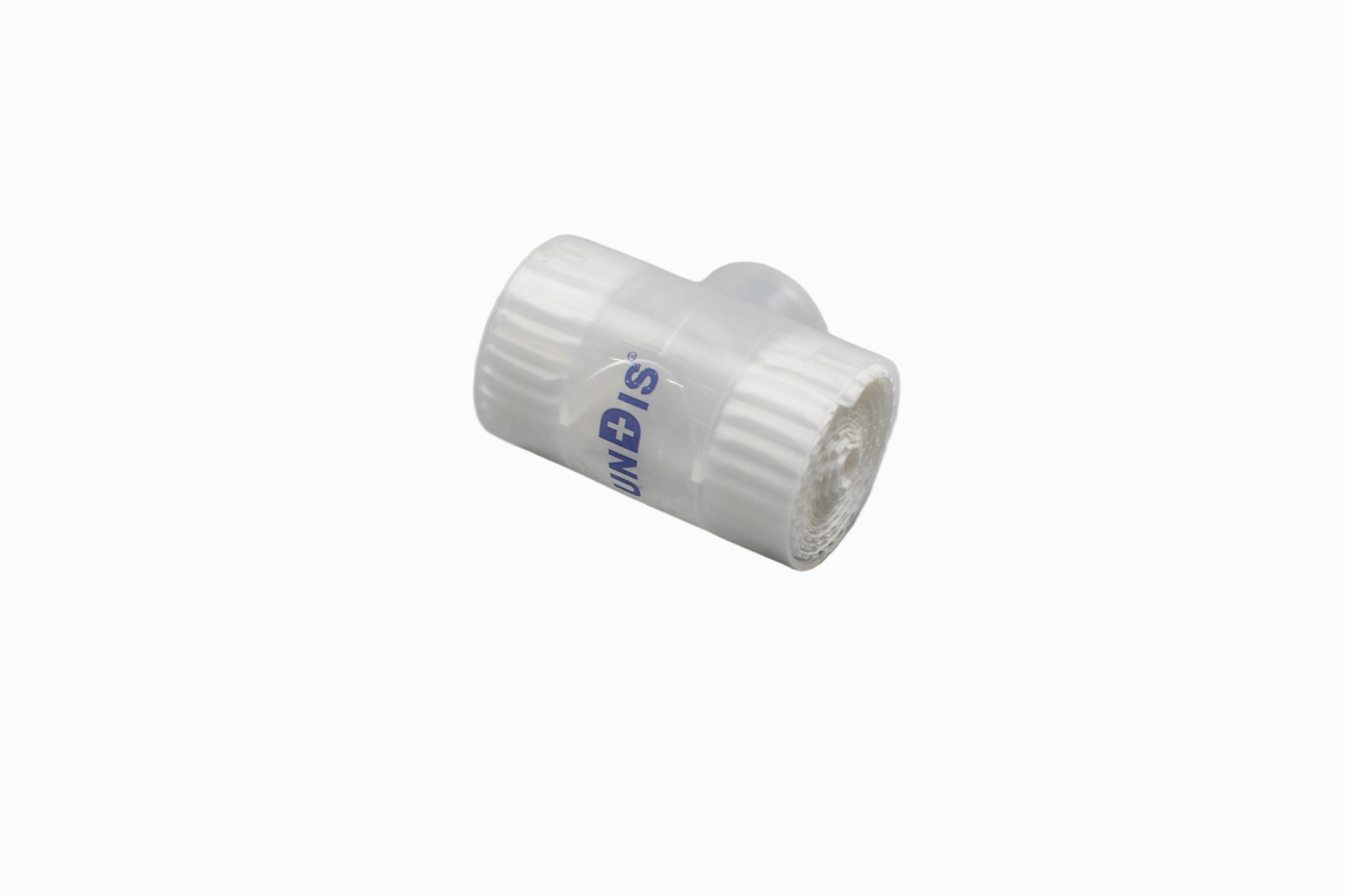
► Energy Conservation:nvasive ventilation patients have their upper respiratory tract's physiological functions disrupted by the insertion of an endotracheal tube. Prolonged mechanical ventilation can lead to airway dryness. Studies have found that HMEs offer specific advantages over heated humidifiers: they help maintain the normal function of the mucociliary system, thereby reducing energy loss.
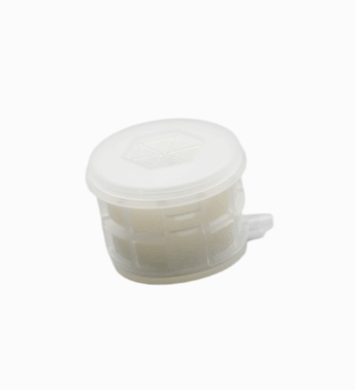
► Combined Suction and Oxygen Port: Our HME-02 product features a suction port design. This addresses the oxygen needs of patients who have just been weaned off the ventilator while allowing timely sputum suction, reducing the incidence of re-intubation due to sputum crust blockage.

► Infection Prevention: It effectively filters and adsorbs harmful bacteria from the patient's exhaled airway gases, reducing the incidence of Ventilator-Associated Pneumonia (VAP). Its simple operation minimizes the need for water refills and the associated high risk of cross-infection caused by repeatedly disconnecting the circuit. In home care, the single-use design prevents bacterial colonization due to inadequate disinfection, eliminating the source of nosocomial infections. Our HME-02 utilizes cross-shaped surface fixation and a round cap design, reducing the risk of accidental patient contact that could lead to infection, without damaging medical staff's gloves.
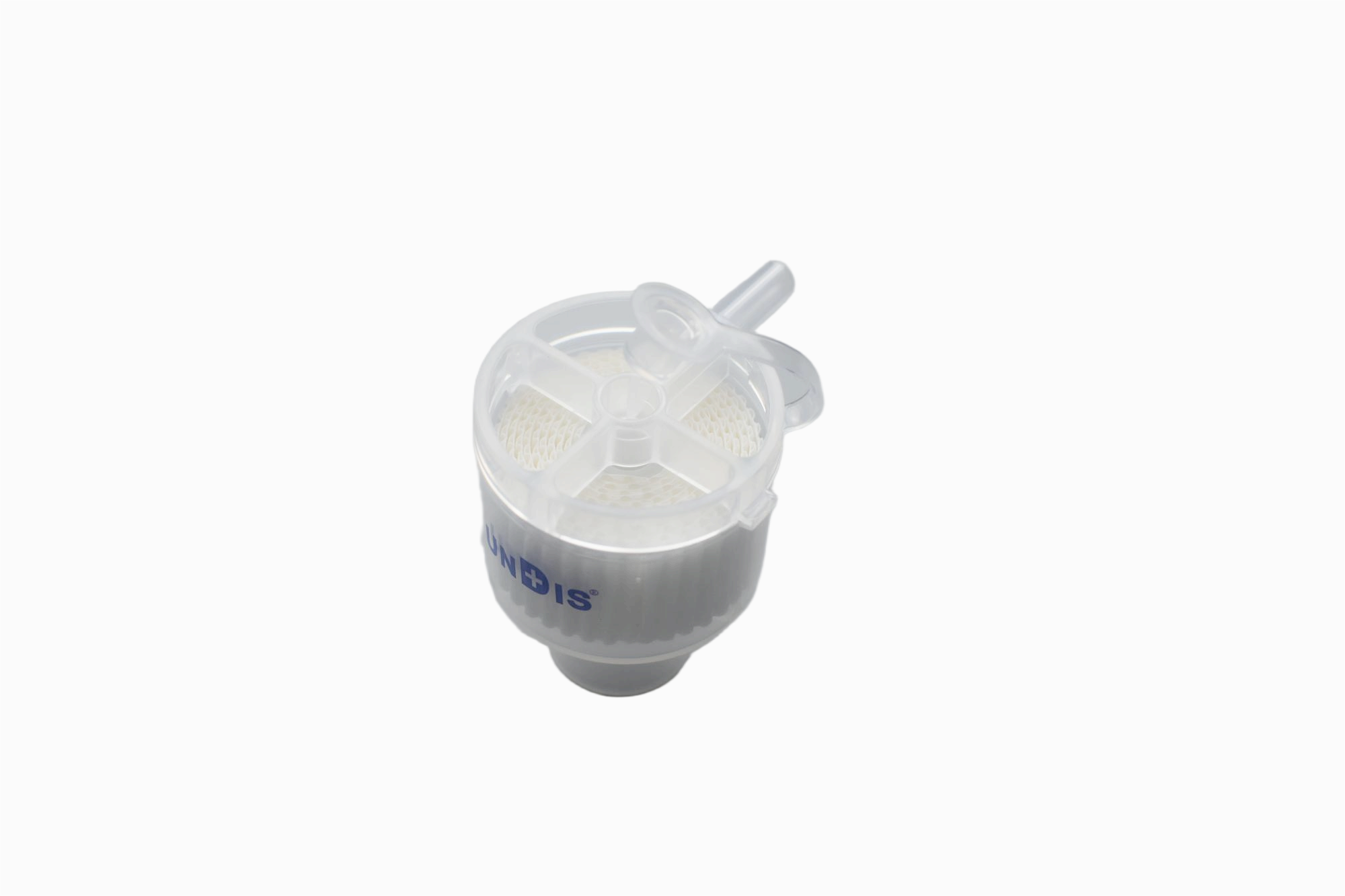
► Compatibility with Daily Life: HME-03 is ergonomically designed to fit the shape of the human neck, replacing the traditional method of gauze dripping with saline. Its lightweight and easy-to-operate design minimally impacts the basic activities of conscious, self-caring patients, enhancing their autonomy and suitability for home care.

► Precision Quality Verification:Our HMEs are manufactured in cleanrooms under strict standards, with every process undergoing rigorous quality verification. Molds and injection-molded parts are produced to precise specifications, ensuring accurate positioning of the humidifying paper. The precise dimensions of our product's buckle design result in a more secure closure.
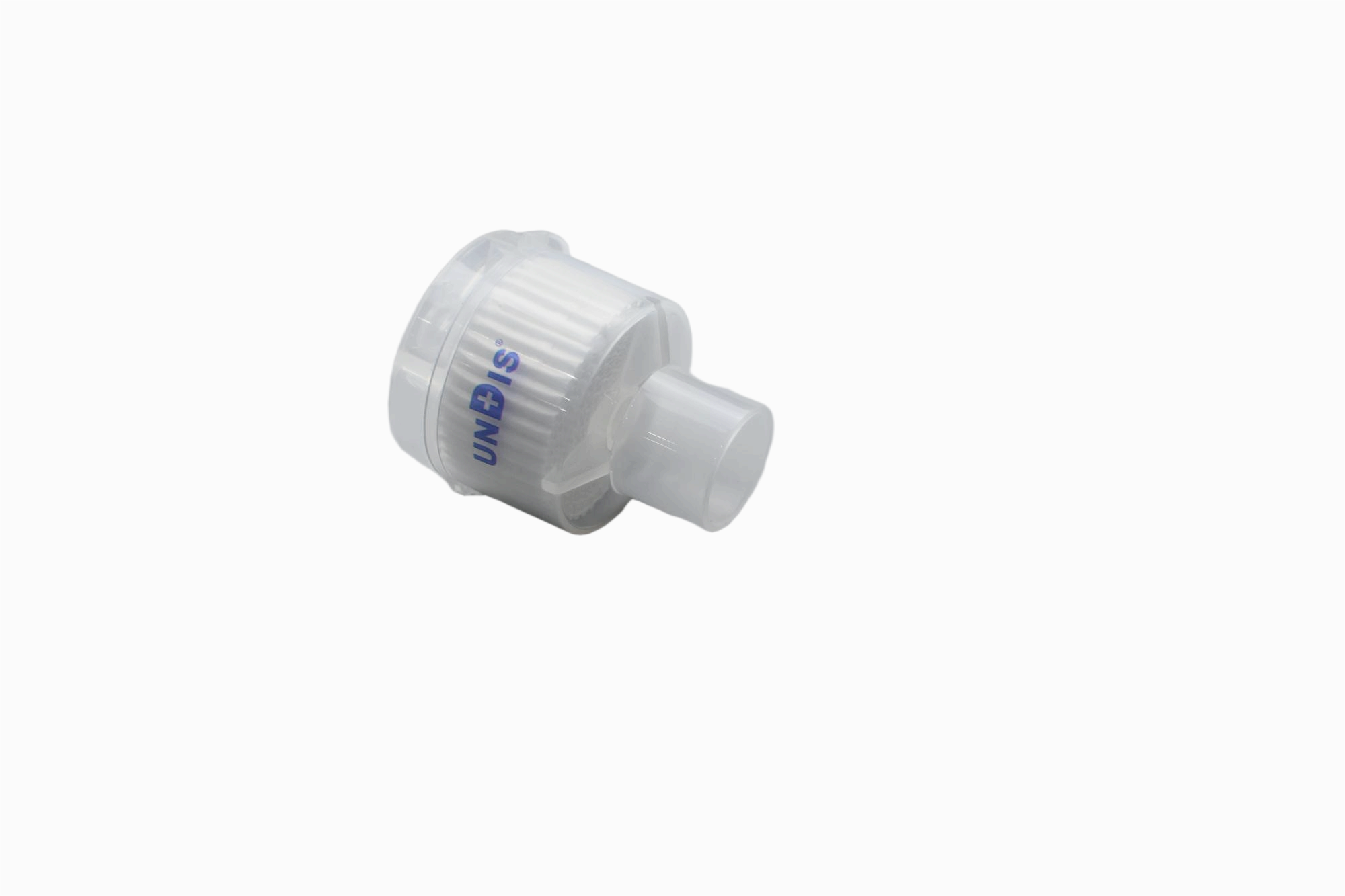
► Improved Healthcare Work Efficiency:Using an HME for humidification not only reduces the workload of airway care related to suctioning but also enhances safety during the transition period for mechanically ventilated patients from extubation to oxygen therapy.
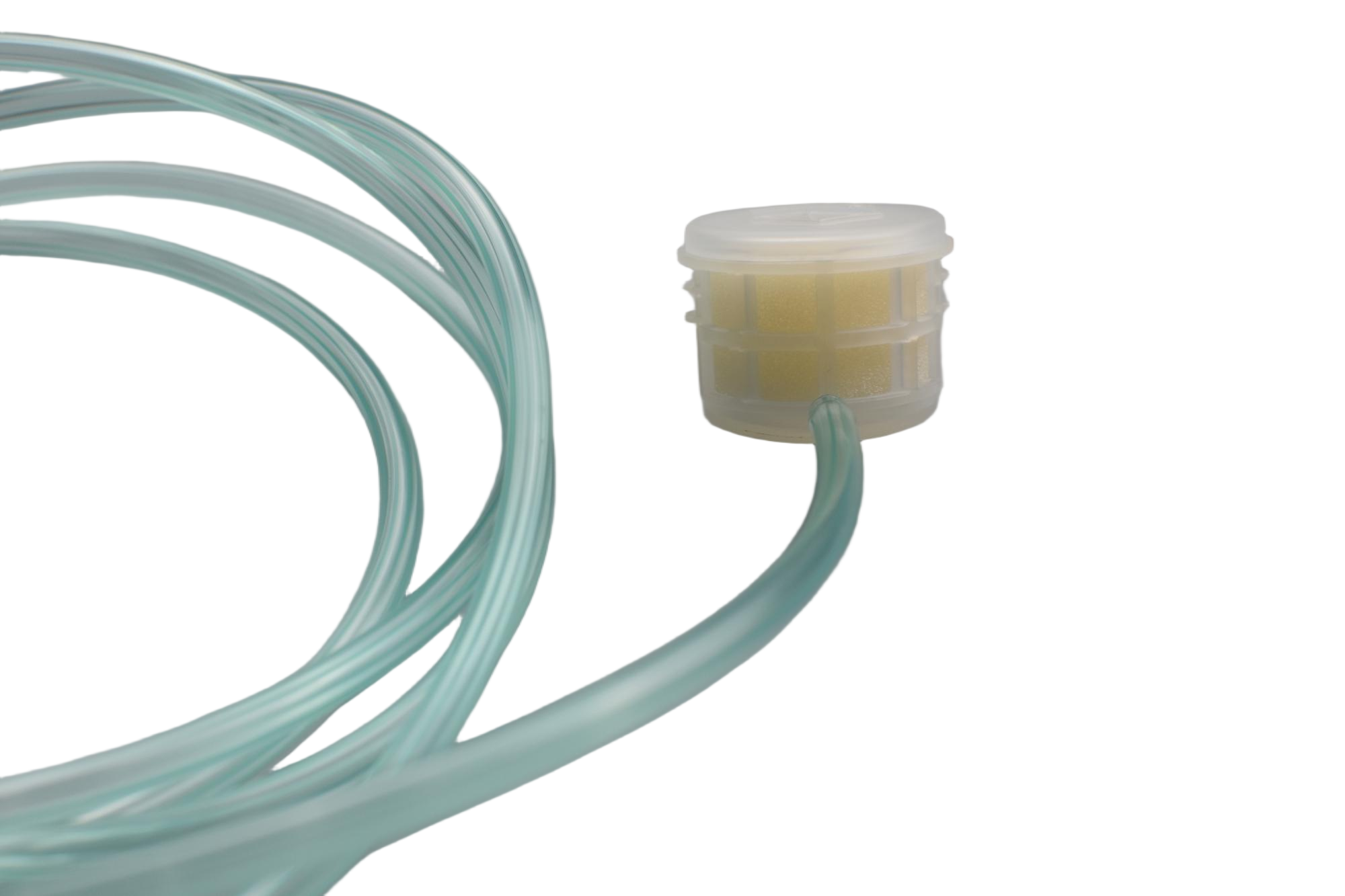
► Versatility for Medical Transfers:Most transport ventilators lack heating and humidification devices.Traditional airway management using regular saline instillation increases the number of required procedures. HME can reduce the incidence of suctioning, visible sputum crust formation, tube blockage, tube dislodgement, and patient-ventilator asynchrony.They can also be used during out-of-department examinations, transfers between wards, or hospital transfers for critically ill patients, improving medical security.













